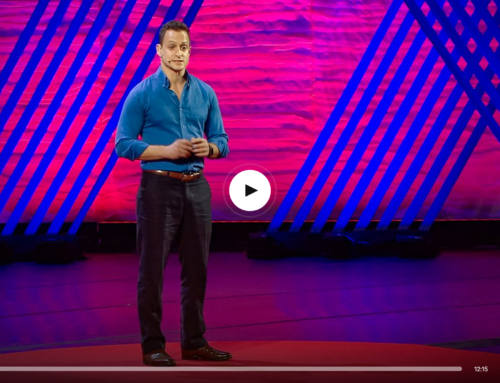More often than you’d think, I get asked this question by amazing nonprofit leaders “What should I say in the upcoming donor meeting?” Usually it’s a meeting with a major donor or someone they would like to become a major donor. But here’s the thing…..
If you have done your research and cultivation up front, that conversation should be the easiest one you’ve ever had.
No kidding. Example – when I was an Executive Director, we launched a capital campaign and I worked with the board to line up lead gifts. You know – those 7 figure ones (gulp). Thank goodness I had great coaching along the way, so when I asked the first donor for a million dollars, I never stumbled, didn’t break a sweat and the answer was yes. You see, going in I knew he would say yes, and he knew I was going to ask for a million dollars. The actual question was just a formality that came after we had built a strong relationship on common ground around the needs of the community.
If you know me, or have read my book, you know I’m a firm believer is earning the right to invite someone to invest. That means you are well-prepared and have established a relationship. A wise person once told me that a major donor doesn’t want you to be intimidated by their wealth – they want to be treated like part of the team.
So what do you do before you consider what to say to the donor? Two things:
1. Do your research. I recommend doing this as soon as you realize they may be someone you want to get to know better. The goal here is to find out all you can about their hobbies, professional background, who they know, where they live, their giving history, and more.
Where do you look beyond a typical online search? 3 Quick tips:
- Social media: Heck, if you go to my LinkedIn profile, you will see I have a long history of working in nonprofits, I’m an avid snowboarder, and I graduated from Bowling Green. Plus there are links to my site and blog so you can take a closer look. All that with one click. Do they have a Facebook page? Do they tweet? What about Pinterest, Tumblr and Instagram? Pay attention to photos they post…..what are they telling you?
- Your own database and analytics: You may also find nuggets that will tell you how they first got involved with your organization, how long they have been on your email list, and if their giving has been consistent. Are you tracking their behavior in regard to your email marketing? What content do they open and click through to?
- Networks: Who else knows them? This serves two purposes – one is to simply see what circles they travel in. Another is to see if you know someone well who might be willing to appropriately share some insight on what the donor cares about. You can see who is connected to them on LinkedIn, or who is following them on Twitter.
NOTE – yes, this will take some investment in time, so remember to segment your list of top donors.
2. Cultivate the relationship. You may think this word is overused – so come up with another word for it that you like, because I’m here to tell you that it’s essential to your fundraising success. You must build a genuine relationship with your key donors.
The goal is to discover what inspires them to invest.
What do they care about? Do they want to know how to get more involved? What is their preferred method and frequency of communication? Do they fully understand the impact your work has?
There are many ways to strengthen a relationship (read my past post from October 24, 2013) – host a non-ask event, send articles of interest to them, have one-on-one coffees, call and thank them when least expected, ask for their advice, and more.
Here’s a thought – if you really want to know what floats their boat, ask them! I know, too simple. When was the last time you just asked a major donor why they are inspired to invest so generously? I love that question…..never fails to start a wonderfully thoughtful conversation.
So…please be sure you’ve done your research and cultivated the relationship so you have earned the right to invite a donor to invest in a major way.
THEN call me or email me and we can strategize about the million dollar conversation!












Leave A Comment